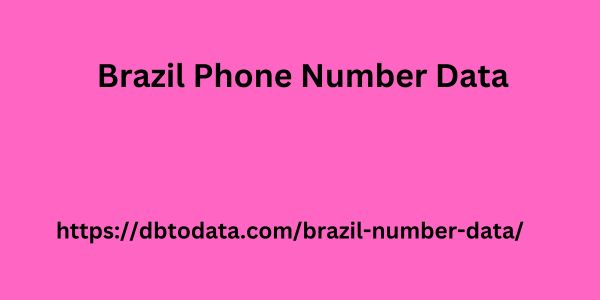Post by account_disabled on Mar 11, 2024 10:17:04 GMT
To begin essing occupational risks in the company, one of the first steps is to understand the legal obligations and recommendations. In Brazil, the Regulatory Standards, published by the Ministry of Economy, are the main legislation on the subject. Look: – Regulatory Standard 1 (NR-1): General Provisions on Health and Safety at Work It is considered the “Writing Ordinance” of the Regulatory Standards and establishes the fundamental guidelines and objectives for the implementation and compliance with the other NRs. Among other matters, this Standard talks about the Risk Management Program, the Environmental Risk Prevention Program (PPRA) and the Occupational Health Medical Control Program (PCMSO). It also establishes the criteria for essing occupational risks. – Regulatory Standard 9 ( NR-9 ): Concerns the essment and control of occupational exposures to physical, chemical and biological agents. – Regulatory Standard 15 ( NR-15 ): Talks about unhealthy activities and operations, defining exposure limits for different dangerous agents. – Regulatory Standard Establishes parameters for adapting working conditions to the psychophysiological characteristics of workers.
Standards related to mental health at work Mental health at work is at the center of many discussions in the corporate world, as it is affecting employers' pockets. It is a matter of sustainability to promote the well-being of employees. According to the International Labor Organization (ILO), workers' mental health issues have generated a loss of around US$1 trillion to the global economy annually. Furthermore, we are seeing an Brazil Phone Number Data increase in burnout syndrome , even after it was considered an occupational disease – which generates even more losses for the company. It is also worth remembering that the average recovery time from professional burnout is two years. Therefore, a 115-day layoff is definitely not going to solve the problem. Therefore, it is really worth investing in the subject. Many companies have already understood this and the strength of laws has also helped. In addition to NR-17, there is other legislation and official information on the subject.

In 2022, the WHO included burnout syndrome in the ICD-11 list, considering it an occupational disease, as mentioned above. Therefore, professionals in the process of burnout have the same labor rights provided for any occupational illness. Furthermore, in November 2023, after 24 years, the Ministry of Health updated the list of work-related illnesses . With the update, 165 pathologies were included. Among them are psychological disorders that were not related to work, but which we now know are caused and/or intensified by toxic professional environments. Joined the list: Burnout syndrome, Severe stress, Alcohol abuse, Drug abuse, Anxiety, Depression , Suicide attempt . Bill 3588/20 is also in progress , which provides for the publication of a regulatory standard to prevent mental disorders at work. It was presented in July 2020 and it is possible to follow its progress here . The feeling that remains is that companies cannot wait for laws to be approved to do their part, as the scenario is truly frightening.




 Happy Nowrooz
Happy Nowrooz



